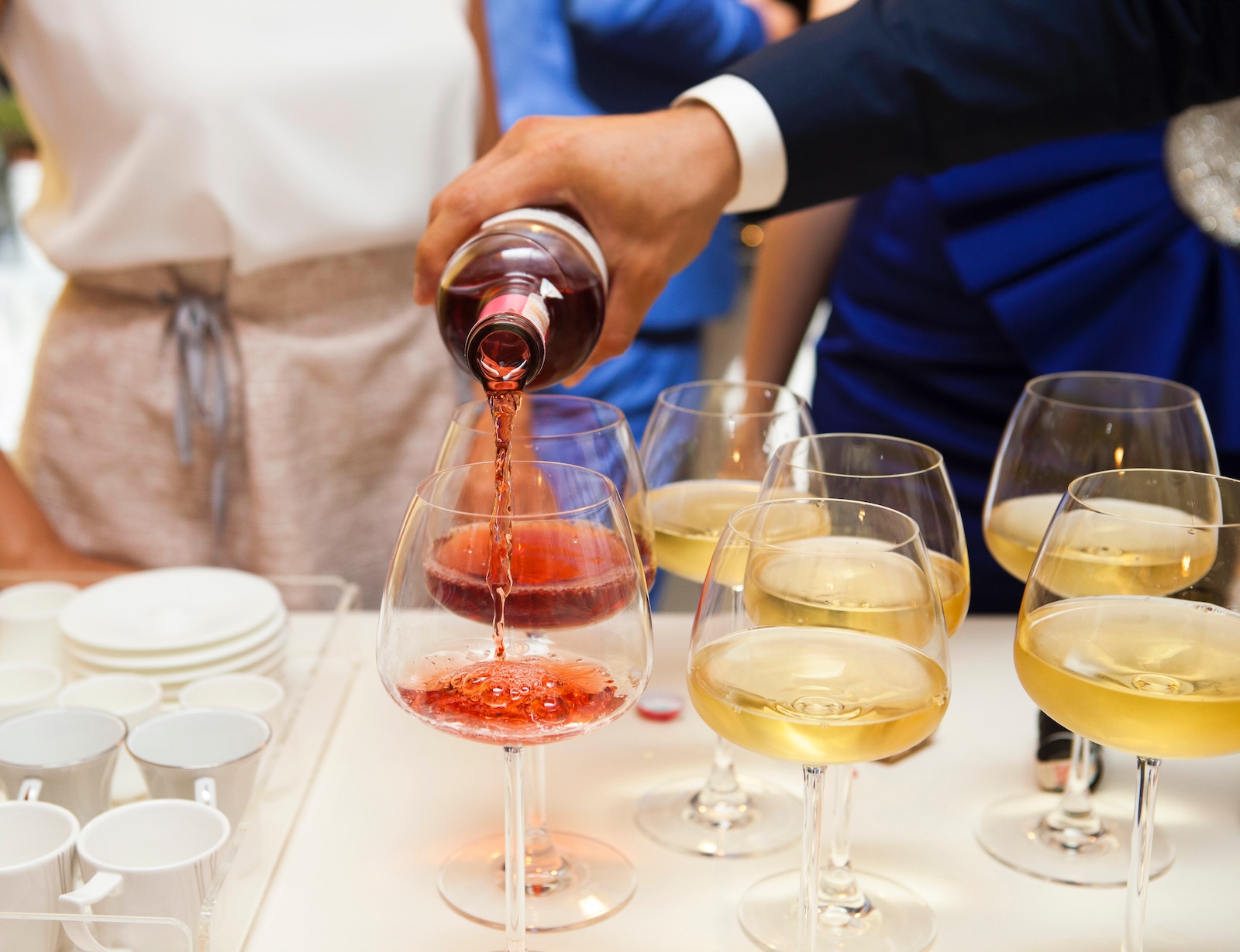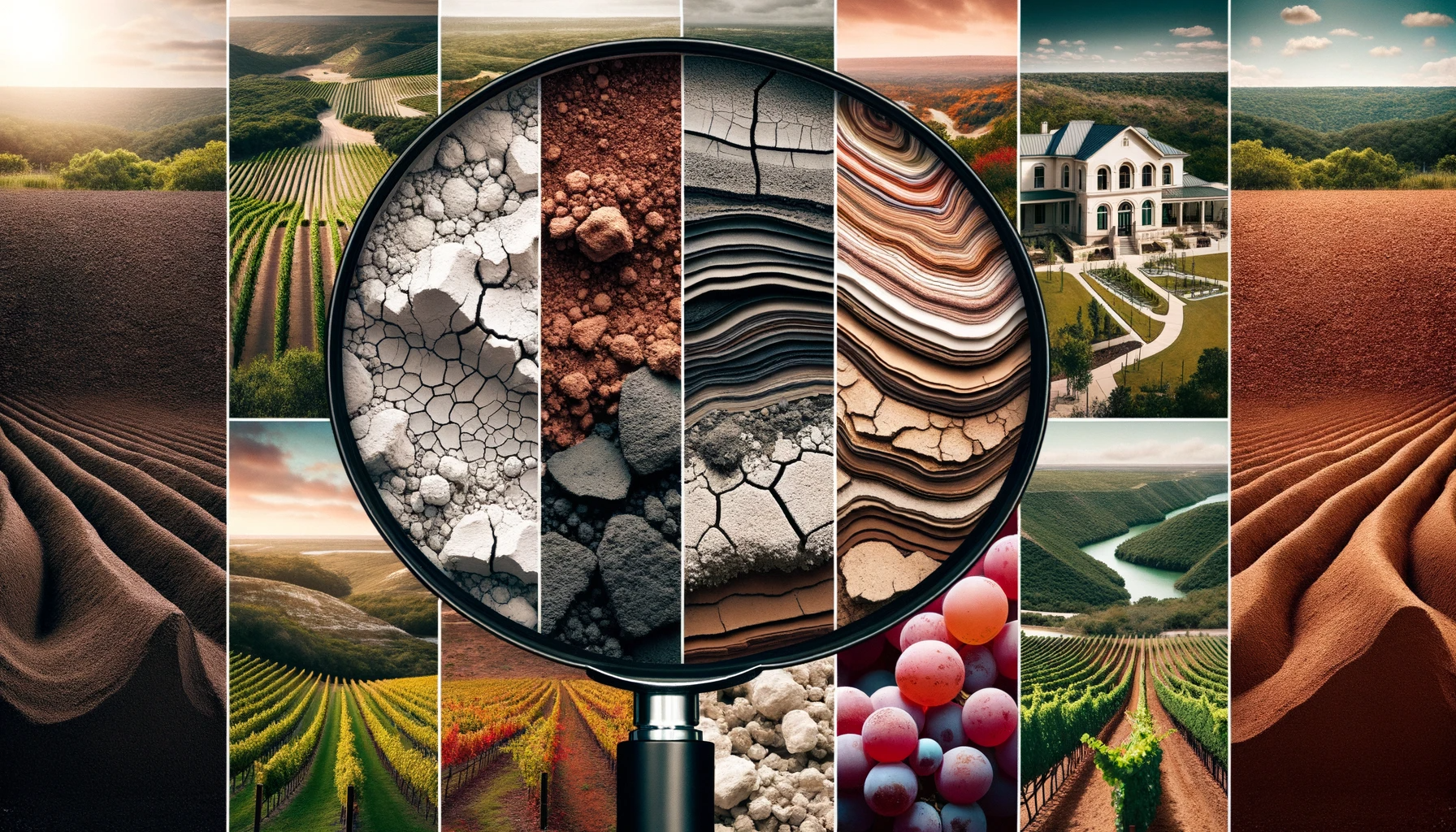A Guide to Creating a Memorable Evening

Texas, with its wide-ranging climates and soils, offers an exceptional array of vineyards and wines that capture the unique character of the region. Hosting a wine tasting in the Lone Star State is not just an opportunity for oenophiles to savor these distinctive flavors, but also for friends and family to gather and celebrate the rich tapestry of Texas winemaking. Whether one is seeking an intimate affair with close acquaintances or a larger, more festive gathering, a Texas wine tasting can be tailored to suit any occasion.
The key to a successful wine tasting is in the details: selecting the right themes, pairings, and, of course, the wines themselves. One may wish to explore the bold reds from the High Plains, or perhaps a lineup of crisp, refreshing whites from the Gulf Coast. Thematic elements, including regional music, local cuisine, and decor inspired by Texan culture can transform a simple tasting into an immersive experience.
Setting up a wine tasting allows the host to consider including various interactive elements, like blind tastings or pairing challenges, that can engage guests and stimulate discussion. With the right preparations and a thoughtful approach, anyone can host a delightful Texas wine tasting that showcases the state’s diverse wine offerings and provides an enjoyable and memorable experience for all.
Planning Your Texas Wine Tasting Event
When preparing for a Texas wine tasting event, the organizer should focus on coordinating dates with guests, finding a delightful venue, choosing a spectrum of wines that reflect their chosen theme, and ensuring all necessary supplies are on hand for a seamless experience.
Setting a Date and Inviting Guests
Selecting a date requires consideration of the guests’ availability; weekends often work best for larger groups. The invitation should set the tone for the event—whether it’s a formal gathering or a casual get-together—and highlight the theme. A well-planned guest list should aim for a small group to foster an intimate atmosphere where everyone can savor and discuss each wine.
Choosing the Perfect Venue
The venue plays a crucial role in the ambiance of a wine tasting. One might choose a local winery to give guests an authentic vineyard experience. Alternatively, a private room in a cozy restaurant or an outdoor space can also provide a memorable backdrop. Accessibility and convenience to markets for last-minute supplies are also important factors.
Selecting Wine and Supplies
An essential part of planning involves the careful selection of wine reflecting Texas’s terroir, perhaps focusing on local vineyards’ offerings. Organizers should also prepare a list of supplies, like proper glassware, spittoons, water pitchers, and palate cleansers. To keep track, a simple table can be handy:
| Supply Item | Quantity |
|---|---|
| Wine glasses | 2 per guest |
| Spittoons | 1 per 4 guests |
| Water pitchers | 1 per table |
| Palate cleansers | Adequate for guests |
Creating an Engaging Theme
Themes can range from “Wines of the Hill Country” to “Texan Reds,” offering a focused tasting experience. A well-chosen theme will not only educate but also entertain guests, providing structure and party ideas for the gathering. Carefully planned themes serve as conversation starters and enhance the overall enjoyment of the event.
Understanding Wine Selection and Tasting Order
Selecting the right wines and determining the sequence in which they are tasted is pivotal to hosting a successful wine tasting event. This section will guide the host in arranging both the diversity of wines and the order of tasting to optimize the guests’ experience.
Reds, Whites, and Beyond
When curating a selection of wines for a tasting event, considering a variety of regions and styles is crucial. For a Texas wine tasting, one might start with whites such as a crisp Chenin Blanc or a fragrant Viognier, leading to reds like a robust Texas Tempranillo or a smooth Merlot. It’s not just about red wine and white wine; hosts can also incorporate rosé, sparkling wine, and even local interpretations of Champagne. Here’s a brief selection template:
- Whites: Choose lighter whites to begin with, maybe a Chardonnay from the High Plains.
- Reds: Follow with medium-bodied reds, perhaps an Estate Syrah.
- Beyond: Cap off with a bold Tannat or a sweet dessert wine from the Gulf Coast.
Determining the Sequence of Tasting
The sequence in which wines are tasted can significantly affect the perception of their flavors. Typically, wines should progress from lightest to heaviest and from dry to sweet. This helps prevent the palate from becoming overwhelmed. Begin with lighter whites, move on to heavier whites, then transition to reds, and finish with dessert wine or fortified wine if included. Here is an indicative tasting order:
- Light-bodied whites: A delicate Pinot Grigio sets the stage for tasting.
- Full-bodied whites: A well-oaked Chardonnay from Texas Hill Country follows.
- Light to medium-bodied reds: A Pinot Noir before venturing into bolder reds.
- Full-bodied reds: A Cabernet Sauvignon or a Petit Verdot.
- Dessert wines: End the tasting with a Texan Port or a late harvest Riesling.
The Essentials of Wine Tasting
When hosting a Texas wine tasting, understanding the basics of the tasting process and the recognition of various aromas and flavors is key. This not only enhances the experience but also educates the participants, making the event memorable and enlightening.
Educating on the Wine Tasting Process
In Texas wine tastings, education is as crucial as the wine itself. A sommelier or knowledgeable host can guide guests through the steps of proper wine tasting, often starting with the correct selection of wine glasses which should be clear and held by the stem to maintain wine temperature. It’s important to discuss the role of palate cleansers like water, crackers, and bread, which help to neutralize the palate between different wines. This ensures that each wine can be tasted without the lingering flavors of the previous one.
- Steps of Wine Tasting:
- Look: Examine the wine’s clarity and color.
- Swirl: Gently swirl to release aromas.
- Smell: Identify aromas which can range from fruit to floral to earthy.
- Sip: Taste and assess the wine’s profile on the palate.
- Spit or Swallow: Use spittoons if provided, or swallow the wine.
Guiding Through Aromas, Flavors, and Notes
The exploration of aromas and flavors is a journey through the senses. Instruct tasters to take a moment to inhale deeply after swirling the wine, allowing them to detect the subtle and distinct aromas that each wine presents. Tasters should then take a small sip to explore the wine’s complexity, considering the tasting notes such as fruity, spicy, or oaky characteristics. A helpful tip is to encourage tasters to articulate their experience, which can be educational for the whole group.
- Common Aromas and Flavors:
- Fruity: Berries, citrus, apple.
- Earthy: Leather, forest floor, tobacco.
- Floral: Rose, violet, jasmine.
By focusing on these essentials, your Texas wine tasting event will become a delightful and educational gathering that provides both entertainment and a better understanding of the wine world.
Pairings and Accompaniments
Creating harmonious pairings between wine and food can enhance the tasting experience, transforming a simple gathering into an event to remember. Thoughtfully selected snacks and appetizers can highlight the unique characteristics of each wine, delighting the palate of both novice and seasoned tasters.
Crafting Wine and Food Combinations
When considering wine and food pairings, the objective is to balance the flavors. For a robust Texas Zinfandel that offers ripe berry flavors and hints of spice, a cheese board featuring Texas cheddar’s sharpness complements the wine’s fruit-forward profile and moderate tannins. Similarly, a velvety Merlot pairs well with the creamy richness of brie or camembert, creating a smooth sensory experience.
Cheese Board Suggestions:
- Cheddar: Balances with tannic wines
- Brie/Camembert: Complements softer reds or full-bodied whites
- Gorgonzola: Pairs with sweet dessert wines
Moving beyond cheese, consider adding cured meats and fresh fruit to the mix. The saltiness of prosciutto contrasts nicely with the natural sweetness of melon, while the acidity found in wines like Sauvignon Blanc cuts through the richness of charcuterie.
Selection of Snacks and Appetizers
Snacks and appetizers are essential in any wine tasting setting, offering a reprieve for the palate between sips. Bruschetta topped with fresh tomato and basil provides a light, refreshing bite that can counterbalance the heaviness of red wines. Similarly, an array of nuts and olives can be both a savoury and rich accent that stands up to bolder wines without overshadowing them.
Appetizer Recommendations:
- Bruschetta: Refreshing against robust reds
- Mixed Nuts: Richness complements many wine varieties
- Olives: Offer a salty note to pair with crisp whites
Don’t forget to include charcuterie options like salami and capicola, which can add depth when sipping lighter wines. By carefully selecting a range of pairings and accompaniments, hosts ensure their guests are treated to a multidimensional tasting experience that engages all the senses.
Setting the Atmosphere
Creating the right atmosphere is essential for hosting a memorable Texas wine tasting. One’s attention to detail in ambience and seating can make or break the experience, establishing a backdrop that complements the wine and encourages relaxed conversation.
Ambience with Decor and Music
When decorating for a Texas wine tasting, consider using candles to provide a gentle illumination that doesn’t overwhelm the senses. String lights can add a whimsical touch if the event extends into a backyard setting. To enhance the mood, curate a playlist of music that is evocative of Texas or reflects the theme of the gathering, keeping the volume at a level that facilitates easy conversation.
- Lighting: Soft, indirect lighting sources.
- Music: Low-volume background selections.
Comfort and Seating Arrangement
For the seating arrangement, prioritize comfort and the ability to easily engage with other guests. A mix of lounge chairs and benches can provide varied options, while ensuring everyone has adequate space to taste and discuss the wines. A communal table setup can encourage a sense of togetherness and show off the wines and pairings as the event’s centerpiece.
- Seating Options:
- Lounge chairs for relaxed sipping.
- Benches for group settings.
- Table: Centralized for shared access to wines.



